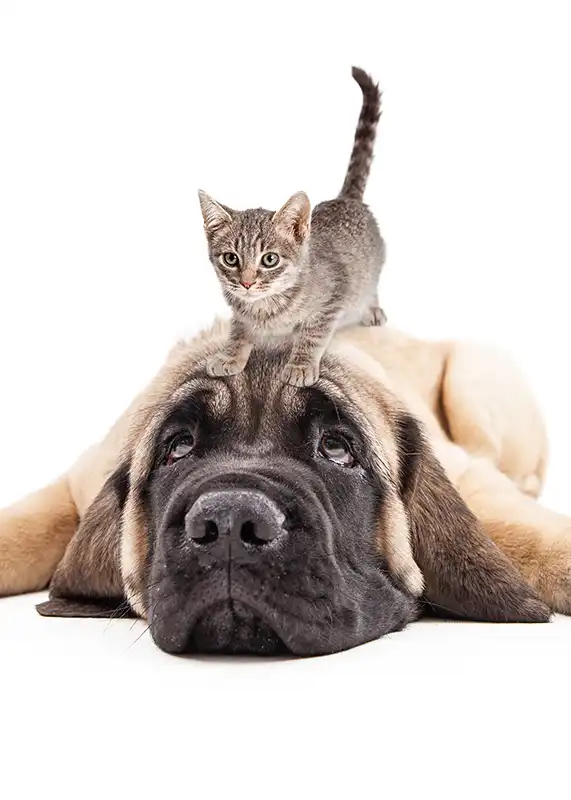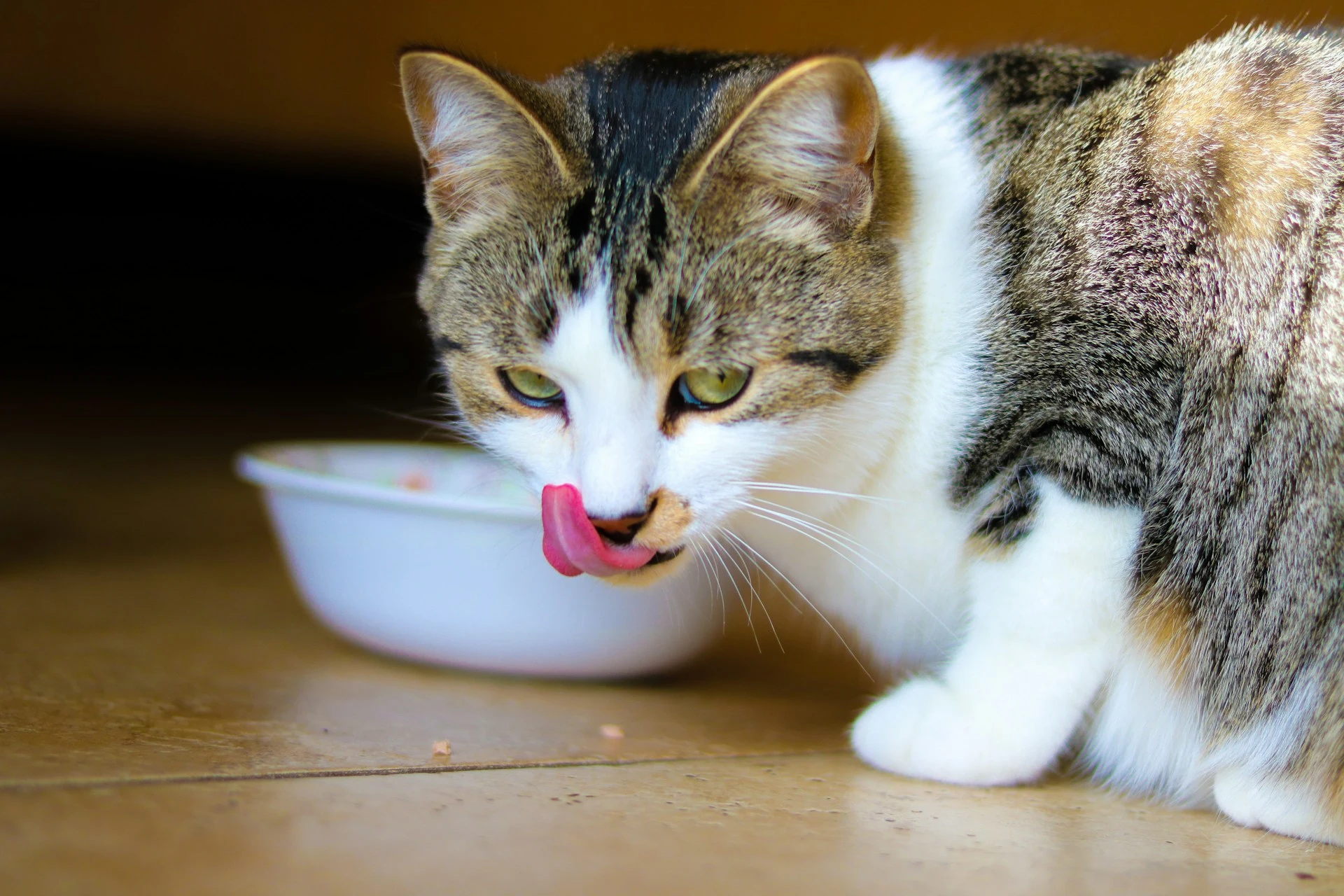January 17th heralds a special occasion for our four-legged companions: National Boxer Day! With their unwavering loyalty and boundless energy, Boxers have become cherished members of countless families. Dive into the world of this beloved breed with a local Downey, CA veterinarian.
Exploring Boxer Traits: An Overview
Known for their sleek, muscular build, Boxers exude both strength and playfulness, especially when bounding around with a beloved toy. Typically reaching about two feet in height at the shoulder, they enjoy a lifespan of 11 to 13 years and can weigh up to 70 pounds. While originally bred for hunting, they’ve adapted to various roles including war, police, and guard dogs, although they predominantly serve as beloved family companions in America.
Maintaining Your Boxer’s Coat: Grooming Essentials
Boxers exhibit a range of colors, from white and fawn to brindle, sometimes accented with white patches. Sporting a short, lustrous coat, they demand little grooming beyond regular brushing to maintain its shine. However, their thin fur offers limited insulation, making them susceptible to temperature fluctuations. To combat this, consider outfitting your pup with a jacket or sweater during colder months and a cooling vest for warmer days, ensuring their comfort in all weather conditions.
Apart from baths, ensure your pet receives nail trims and dental check-ups. Regularly clean your dog’s ears, paying extra attention to facial wrinkles prone to bacterial buildup. If you own a white Boxer, protect them from the sun with sunscreen. Consult your Norwalk, CA veterinary clinic for personalized recommendations.
Navigating Boxer Health: Expert Tips from Downey, CA Vet
Unveiling the resilience of Boxers, they aren’t impervious to health concerns. Like their counterparts, Boxers are prone to specific conditions, notably skin issues. Leverage valuable information from the AKC and the American Boxer Club through diligent breed research. Prioritize recommended screenings and DNA tests tailored for Boxers, ensuring proactive healthcare.
These include:
- Thyroid Evaluation
- AS/SAS Cardio
- Aortic Valve Disease
- Holter Monitor Testing for Boxer Cardiomyopathy
- Degenerative Myelopathy
- Elbow Evaluation
Seek recommendations and specialized care tips from your Norwalk, CA veterinary clinic.
Unraveling the Boxer Name Mystery
Boxers’ name origins are shrouded in mystery, with varied theories. Some link it to the Bullenbeisser, while others attribute it to their playful paw gestures. Yet, regardless of the source, Boxers are cherished companions.
Exploring the Boxer’s Origins: A Historical Journey
Fido, a German hunting mastiff, traces lineage to the English Bulldog and the now-extinct German Bullenbeisser, renowned for hunting bear, wild boar, and deer. Notably, Boxers’ blocky heads are perfectly adapted for capturing prey. The Bullenbeisser’s name, meaning “Bull biter,” reveals a troubling history of involvement in bull baiting, an activity eventually outlawed. Boxers’ heritage reflects a blend of noble hunting heritage and the darker aspects of human exploitation.
The detailed record of Fido’s history can be attributed to John Wagner’s 1939 book, “The Boxer.” Assyrian records dating back almost 4000 years describe loyal war dogs characterized by thick heads and sturdy bodies. Initially known as Molossians, after the city of Molossis in modern-day Albania, these canines migrated across Europe. Through interbreeding with indigenous breeds, they evolved into the German Bullenbeisser.
After the Napoleonic conflicts, the Bullenbeisser experienced a notable decline in its status. The aristocratic families responsible for breeding these dogs disbanded, leading to the fragmentation of their estates. Fido’s career took an abrupt turn, transitioning from hunting game for nobles to assisting butchers and shepherds. Simultaneously, he revealed an aptitude for serving as a cherished family companion. In the early 1800s, the breed was crossbred with English Bulldogs, solidifying its traits. By 1895, established breed standards delineated the Boxer’s characteristics, with specific bloodlines tracing back to this period.
Unveiling the Boxer’s Temperament: A Closer Look at Their Personality
The Boxer’s character is marked by several commendable traits. They display exceptional loyalty to their owners, thriving on affection and displaying remarkable compatibility with children. Their natural protective nature renders them effective watchdogs, offering a vigilant presence and ensuring the safety of their loved ones.
With their friendly demeanor and inherent curiosity, Boxers epitomize playful companions, delighting onlookers with their whimsical behavior. Given proper socialization, these endearing dogs seamlessly integrate into households with other pets, demonstrating amicable relationships, even with feline counterparts. Boasting a naturally sociable disposition, Boxers relish in human interaction and thrive on companionship. Nevertheless, they may experience distress when left alone for extended durations, underscoring the need for regular engagement and companionship to ensure their emotional well-being.
While the Boxer’s large heart and affectionate demeanor make them irresistible to many, they may not be the perfect match for every home. Their exuberant nature, coupled with occasional clumsiness, can be challenging to manage. Furthermore, their tendency to become overexcited and bouncy underscores the importance of consistent training, especially in matters of petiquette. For instance, teaching them not to jump on people requires patience and reinforcement. Additionally, their strong prey drive necessitates caution when interacting with small animals, emphasizing the need for vigilant supervision in such situations.
Understanding the Boxer’s Activity Requirements: Navigating Fido’s High-Energy Nature
When discussing activity levels, the Boxer, affectionately known as Fido, emerges as a breed with significant energy reserves. Meeting his daily exercise needs is imperative, as he thrives on physical stimulation. With his athleticism, Fido serves admirably as a hiking or running companion, eagerly embracing outdoor activities. Prioritizing Fido’s exercise routine is vital to mitigate the risk of behavioral issues stemming from pent-up energy, such as unruliness or destructive tendencies. Engaging in long walks and interactive games like Fetch or Frisbee stands among Fido’s preferred activities. However, it’s crucial to monitor him closely due to his tendency to chase squirrels, necessitating leash restraint during outdoor outings. Moreover, it’s essential to acknowledge the Boxer’s prolonged puppyhood, as he retains his playful and exuberant nature well into adulthood.
Seek personalized advice from your Norwalk, CA vet concerning your furry friend’s exercise demands.
Boxers: Latecomers to American Shores
While Fido’s ancestry spans generations, Boxers arrived on American shores surprisingly late, not making their debut until after 1940.
Decoding Boxer Behavior: Dispelling Aggression Myths
Contrary to misconceptions, Boxers don’t rank among the more aggressive dog breeds. Yet, they possess a level of assertiveness that requires proper training to navigate. Their tendency to become pushy, especially without adequate training, underscores the importance of early and consistent discipline. While Boxers can coexist amicably with other dogs, successful introductions are pivotal. If Fido displays behavioral challenges such as digging, aggression, or non-compliance with commands, seeking advice from a vet or behaviorist becomes imperative for a well-rounded understanding of Boxer behavior.
Elevating Your Boxer’s Entertainment: Enhancing Canine Engagement
Maintaining Fido’s entertainment quotient necessitates offering a variety of toys to captivate his interest. Participating in play sessions not only reinforces your bond but also facilitates the release of excess energy, colloquially termed zoomies. Boxers exhibit a penchant for classic dog games like Fetch, which serve as an effective means to channel their enthusiasm. Furthermore, integrating activities such as agility training can cater to their dynamic disposition, while intellectually stimulating games like Hide and
Seek can offer a rewarding experience for your four-legged companion.
Despite the affinity many dogs have for swimming, the Boxer’s stance on this activity is somewhat ambivalent. While some Boxers may derive pleasure from swimming, they are not ideally suited for it.
It’s prudent to ensure your pooch stays in shallow waters and is never left unsupervised near water.
For your Boxer care inquiries, reach out to us, Ashton Animal Hospital, your Downey, CA veterinary team!







